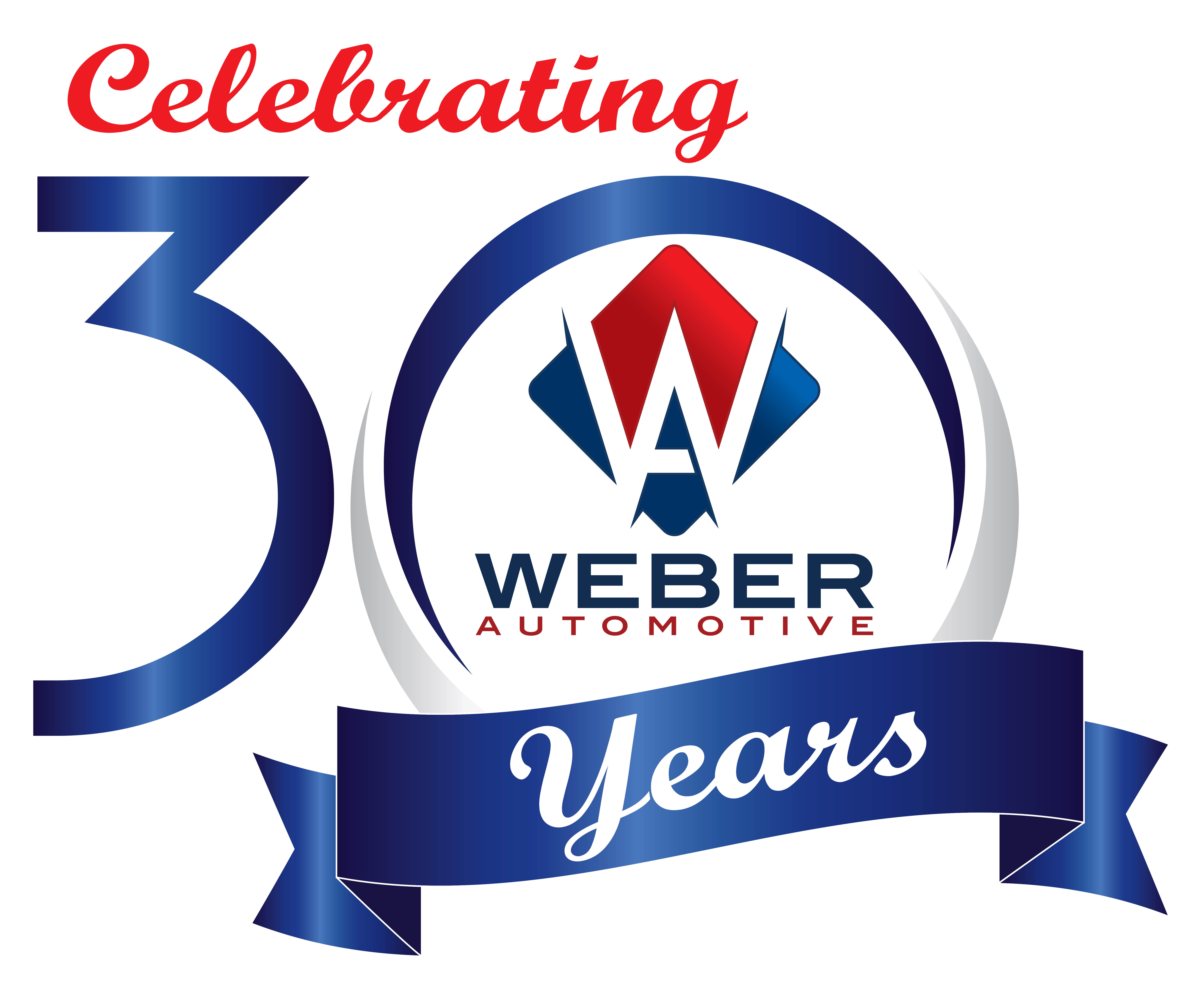How Vehicle Alignment Impacts Modern Safety Systems
When most people think of vehicle alignment, they consider it a straightforward process. It's often seen as a mere adjustment to ensure that a vehicle runs straight without veering to one side. However, the intricacies of modern vehicles have transformed this seemingly simple procedure into a multi-dimensional task.
Here at Weber Automotive, we understand that alignments today go beyond adjusting the wheels.
Key Insights:
- Tire Longevity and Tracking: A precise alignment ensures that tires wear uniformly and the vehicle moves in a straight line
- ADAS - Advanced Safety Systems: Modern cars come equipped with Advanced Driver Assistance Systems (ADAS) that include features such as lane departure assist and automatic braking.
- Recalibration Post-Alignment: Adjusting a car's alignment can throw off the ADAS system's calibration. Cameras, radars, and LiDAR incorporated in these systems might need recalibration post an alignment job. Unfortunately, many alignment shops don't have the capability or the knowledge to do this recalibration, potentially compromising the effectiveness of these safety features.
- The Weber Automotive Difference: Our technicians are trained to recognize the relationship between alignment and ADAS systems. Using sophisticated equipment, we ensure that after adjusting the alignment, all your vehicle's safety features are calibrated and functioning optimally.
For peace of mind and guaranteed expertise, choose Weber Automotive. Whether you drive the latest model or an older vehicle, we've got the skills and tools to keep it running smoothly.
Check out our other informative videos and resources at Weberautomotive.com. Safety and quality drive us!


